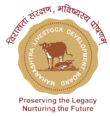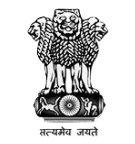Surabhi Chayan Shrakhala
Introduction
- The bovine genetic resource of the country comprises 53 recognized Indigenous Breeds of cattle and 20 breeds of buffaloes.Country has large number of Gaushals,Gosadans and Pinjrapoles and some of these are repository of elite germplasm of indigenous breeds.
- It has been noted during the milk yeild completions Organized by various states that farmers are maintaining high yielding animals including crossbreeds, indigenous cattle breeds and indigenous buffalo breeds.
- Several measures have been undertaken since independence including implementation of Central Herd registration scheme(CHRS)for identification and location of superior germplasm and creation of herd book of elite animals. At present CHRS has 4 centres covering limited number of animals and herd book of elite animals is also not being created under the scheme. It is also not possible to extend scope of the scheme to other States of the country.
- During the fourth 5 year Plan Government of India has established 7 Central cattle breeding farms with objective to maintain elite herd for development of bovine population in the country. At present country has 172 cattle breeding farms including 165 State cattle breeding farms for managing elite animals of indigenous breeds.
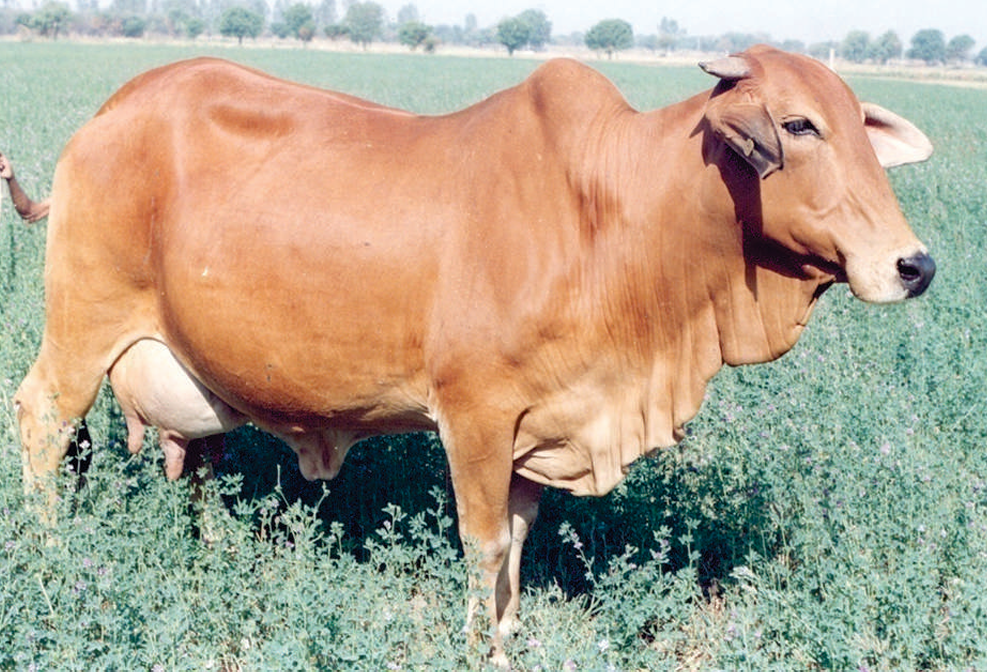
- Role of these farms in genetic upgradation programmes is also limited as quality of herd available at these farms is deteriorating except few farms which have improved herd through implementation of modern reproductive technologies. There is also no system for publication of list of elite animals available at these farms.
- Progeny testing programmes and pedigree selection programme initiated by Government of India and ICAR Institutes is also limited to few important indigenous breeds and coverage of these programmes is also limited to few States.
- With this backdrop it is essential to identify and locate high yielding animals available throughout the country and there is also need to evolve a system that list of the high yielding animals available to other farmers/entrepreneurs and other stake holders. LocaI veterinarians and State AnimaI Husbandry Departments can play important role in identification and location of elite animals. For proving genetic merit of high yielding identified animals latest techniques such as genomic testing may be used or animals may be brought under the coverage of Surabhi Chayan Shrakhla (HGM Livestock Selection Programme).
Objectives
The Major Objectives of the programme:
- To locate superior germplasm available with farmers in the institutional herd available at Gaushalas/Gosadans/Pinjarapoles/cattle breeding farms.
- To publish list of the elite animals along with their productivity.
- To encourage farmers for keeping elite animals by certification ,incentives and promoting export of germplasm.
- To create awareness among farmers and improve their income.
Identification of elite animals
- During the visit to villages local veterinarian/veterinary assistant /livestock assistant may identify high yielding animals on the basis of the information given by villagers.
- Elite animals may be selected on the basis of the standards and specifications prescribed by the State Government for selection of elite animals.
- Test day milk yield of high yielding/elite animals may be recorded in front of other villagers of the village in order to create awareness among farmers for rearing of elite animals.
- Identified elite animal shall be registered on Bharat Pashudhan if not already registered on the data base. Facility will be made in Bharat Pashudhan to upload information on milk yield of the animal on the data base.
- Local Veterinarian may also note phenotypic characteristic of identified elite animals whether characteristic of identified elite animal whether characteristics are true to the breed type or not.If characteristics are not true to the breed type animal may be taken as graded animal of the breed.
- Elite animals available in Goushalos/ Gosodans/ Puinjaropoles in jurisdiction of local veterinarians may also be identified and their datas hall be uploaded on the Bharat Poshudhan database.
- Incentive shall be mode available to the former rearing elite animals in the form of breeding of elite animals with the semen of elitist of elite bull available in the country and certification of elite animal, tissue sample may be drown from identified elite animals and may be sent to NDDB for genomic testing.
- High yielding/ elite animals identified during milk yield competitions shall be registered by the local veterinarian and their data shall be uploaded on Bharat Pashudhan data base.
- Local veterinarian shall submit list of elite animals available in his area to District Animal Husbandry Officer for verification of the data.
Verification of data generated for elite animals
- District Animal Husbandry officer shall verify list of elite animals reported by local veterinarian during his visit to Veterinary Hospital/ Dispensary in the district.
- DAHO may take meeting of Veterinarians in the district and create awareness among veterinarians for identification and location of elite animals. DAHO may give targets to veterinarians to maintain record of at least 10 elite animals available in their area.
- DAHO shall arrange elitist of elite bull semen for elite animals identified in the district for further genetic upgradation of elite animals. DAHO may take strict action against veterinarians for breeding elite animals with semen of bulls with low genetic potential.
- DAHO shall make arrangement for proper disease testing of elite animals in the district disease investigation lab.
- DAHO shall create awareness among thefarmers about rearing of high yielding milch animals from the funds mode available to the States under the schemes being implemented by Department of Animal Husbandry & Dairying Govt of India.
- DAHO shall compile list of elite animals available in the district and submit list to Director Animal Husbandry of the State.
Uploading List of elite animals on the website
- Director Animal Husbandry of the State shall prepare minimum standards and specifications for identification and location of elite animals. For preparing standards and specification minimum standards given in the MSP for semen production may be used.
- Data on elite animals received from DAHOs shall be verified and some of the elite animals to be brought under scientific milk recording programme.
- Certificate shall be issued to the owners of the elite animals after proper verification.
- List of elite animals received from all the DAHOs shall be compiled and posted on the website of the State Department of Animal Husbandry. Compiled list shall be submitted to Department of Animal Husbandry & Dairying Government of India.
Establishment of National Milch Herd
- DAHD shall compile list of the elite animals received from the States and some shall be posted on the website of the Department.
- DAHD shall provide necessary support to the States for genomic testing of identified elite animals.
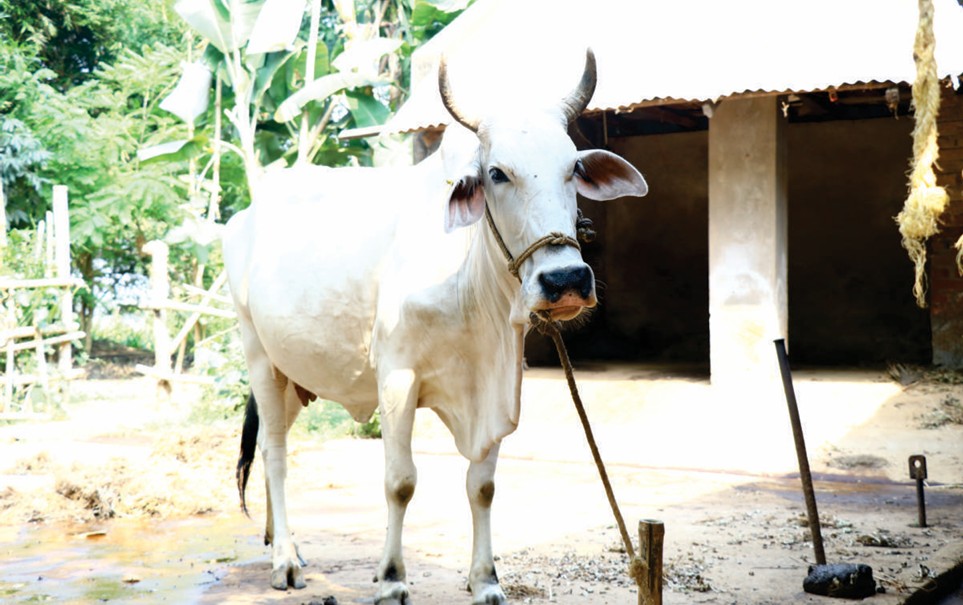

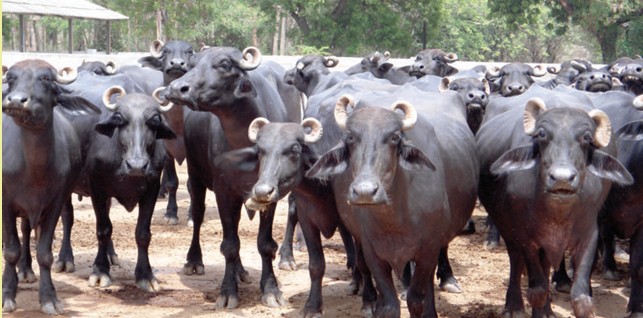
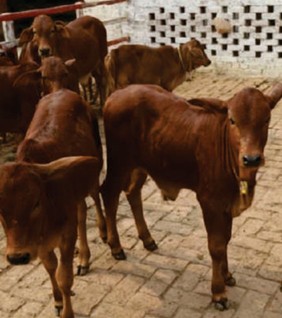
Sr. No. | Title | Download |
1 | Manual for SURABHI CHAYAN SHRAKHLA (Booklet) |
